“Explore how far your chosen film or films are experimental in challenging conventional approaches to narrative.”
Planning:
Introduction – Briefly explain some context, i.e traditional approaches to narrative (3 act structure, 3 types of narrative), and summarise how/how much Tarantino subverts these traditions.
Describe how Tarantino subverts audience expectations and orthodox narrative through a non-linear, episodic narrative through a jumbled plot, linking to Tzvetan Todorov’s 5 stage theory. Also how he follows the 3 types of narrative.
Describe his switching between different narrative viewpoints through characters, restricted and unrestricted, and audience positioning. Explain how he subverts Vladimir Propp’s theory on character types, and his unique use of dialogue.
Conclusion: Describe how Tarantino combines episodic, circular and linear narrative types, changes audience positioning and narrative viewpoints regularly, and subverts established film theories/tropes and the cliches he himself included deliberately in the film to challenge conventional approaches to film narrative.
Version 1:
Pulp Fiction is highly experimental in it’s approach to narrative. Narrative traditionally follows a three act structure with a linear plot. Tarantino creates a narrative that subverts conventions and regularly swaps viewpoints, abandoning common narrative form in favour of focus on dialogue and character.
Tarantino subverts audience expectations in Pulp Fiction by going against orthodox film narrative, described by Tzvetan Todorov as a five stage process, involving the equilibrium, the disruption, recognition and resolution. Pulp Fiction is broken up into three distinct chapters which are played out of linear sequence, epilogued and prologued by a scene in a diner. This makes the plot episodic, circular, and linear, as each story plays out in chronological order in itself. The plot is completely separate to the story, leading to a highly experimental and disrupted narrative. The audience does not witness the plot playing out in order of the events occurring, for example, the diner sequence is shown at the beginning and the end of the film, but in the story occurs somewhere near the start of events, and the final scene chronologically int he story is shown around halfway through through the film’s plot. Tarantino therefore subverts audience expectations by fragmenting the plot and leaving the viewer to create the story in their own mind after seeing the film. He follows the three most common narrative types, and uses multiple devices such as inter-title cards and chaptering to create a highly irregular narrative that combines different conventional forms to subvert traditional narrative theory and create an experimental narrative in Pulp Fiction.
Tarantino also challenges conventional approaches to narrative through his frequent switching between narrative viewpoints. For example, at the start of the film the audience is positioned to empathise and care for the two diner robbers. At the end of the film, we are positioned to care about Jules and his story, and in that scene, despite what we know about them, the robbers are the antagonists with a binary opposition to Jules, who is in that scene our protagonist. He also uses restricted and unrestricted narrative viewpoints, such as when we do not know about the armed man in the apartment bathroom whilst the hit is happening, but later on we are aware of the fact, whereas Jules and Vincent are not. Every different chapter the narrative viewpoint shifts between characters, which stops the audience from seeing any particular person as the main character or villain, subverting Vladimir Propp’s theory on character type, stating that there are seven main character types in all stories, such as the hero, villain, and false hero.
Tarantino also does this by making the characters immoral and hard to look up to, so no character is the hero, villain, etc. Tarantino also places a great amount of emphasis on the dialogue in the film. The characters spend large amounts of time discussing irrelevant topics, such as how Vince and Julie’s spend as much time talking about fast food and foot massages leading up to the hit in the apartment as they spend carrying out the hit itself. The audience would not realise this as the dialogue, despite going against convention buy being so seemingly pointless, flows so well and immerses the viewer in what is being said. We are drawn in by these conversations that do not progress the plot in any way, only revealing binary oppositions, such as Vince’s belief that foot massages are inappropriate, explaining his later reluctance to take Mia on a date, or Butch’s dedication to his father’s watch. These oppositions, established by Claude Levi Strauss, provide the film with underlying tensions that immerse the audience. Tarantino subverts this theory by revealing the binary oppositions through seemingly pointless conversations about apparently unrelated topics, rather than through character actions or inner-monologue. The dialogue is flowing and entertaining to listen to, providing the film with a rhythm that flows smoothly to move the audience between major events, which are more memorable than the events themselves. Tarantino challenges conventional approaches to narrative through original, nuanced and experimental dialogue and cliche characters that are fleshed out and developed through the subtly written dialogue, script, and shifting narrative viewpoints.
Pulp Fiction is highly experimental in challenging conventional approaches to narrative. Tarantino utilises a chaptered, non-linear plot that goes against traditional narrative convention to encourage the audience to order the story themselves, forcing viewer participation and subverting Todorov’s established theory on five stage theory. He also swaps audience positioning to show characters from different perspectives, adding a layer of depth to the film through an experimental methodology. He incorporates fresh and original dialogue that does not progress the story but immerses the audience by being so casual and calm, and fleshes out the cliche characters through binary oppositions and subtle meanings between the lines. The characters themselves go against convention, despite being cliches themselves, as they are realised and developed through the dialogue and the audiences shifting feelings towards them as Tarantino changes the narrative and audience positioning.
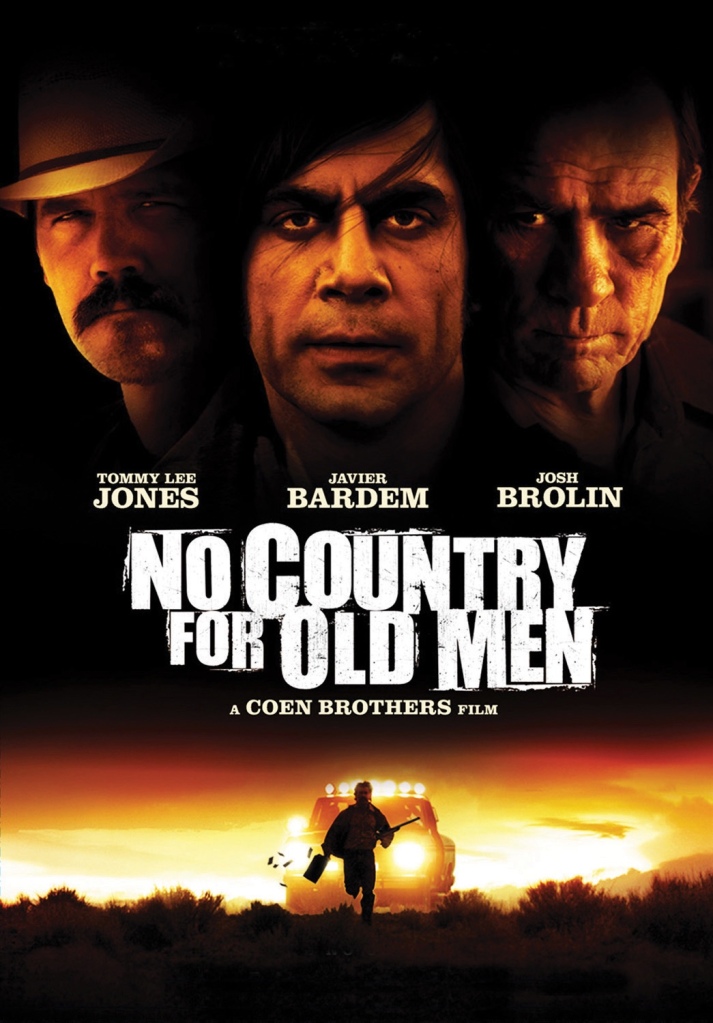
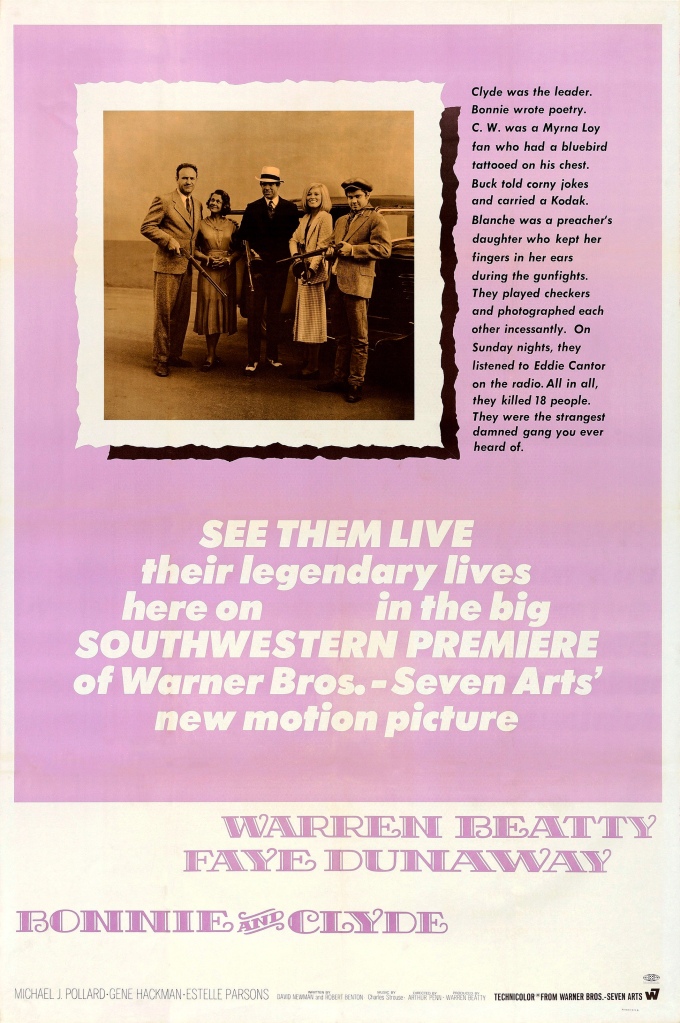
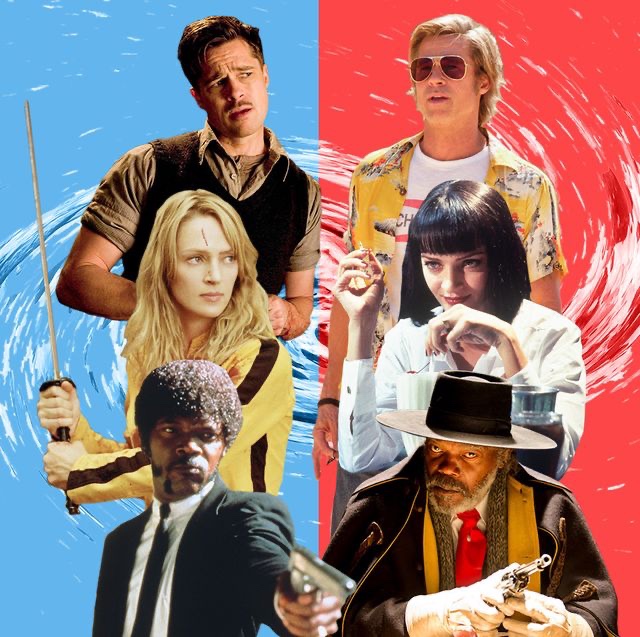
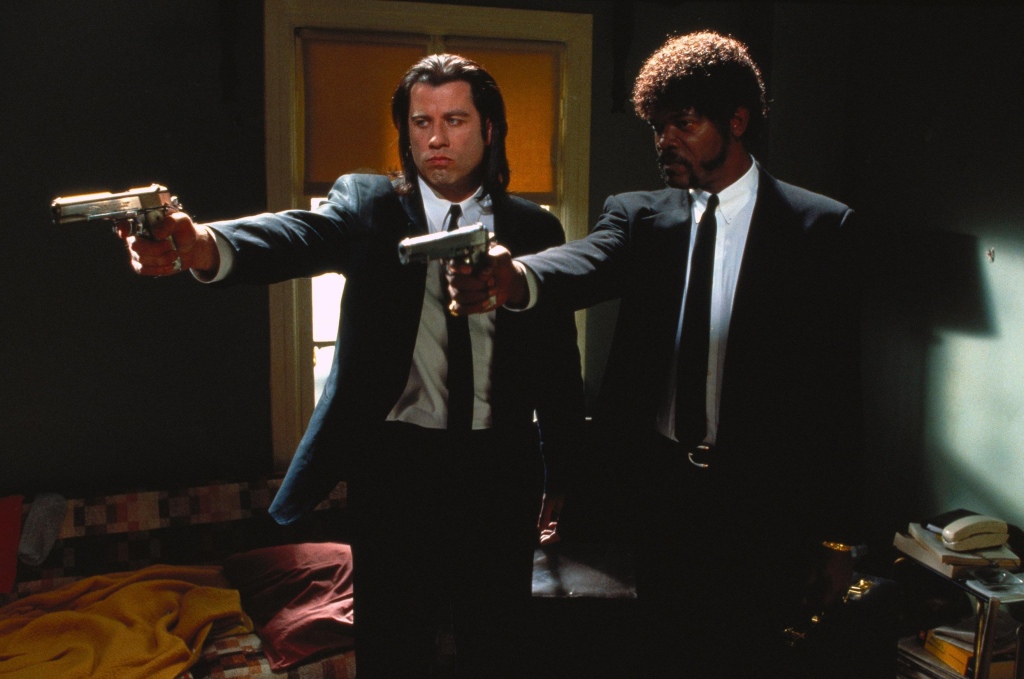
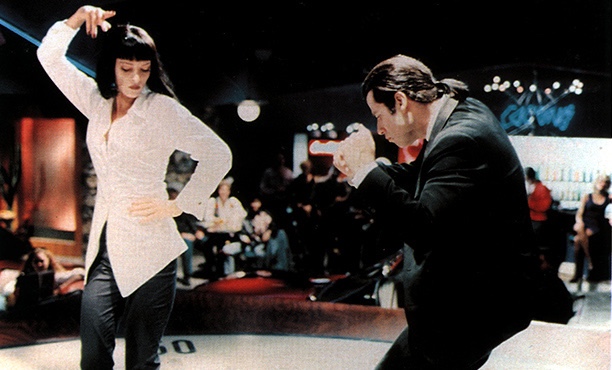
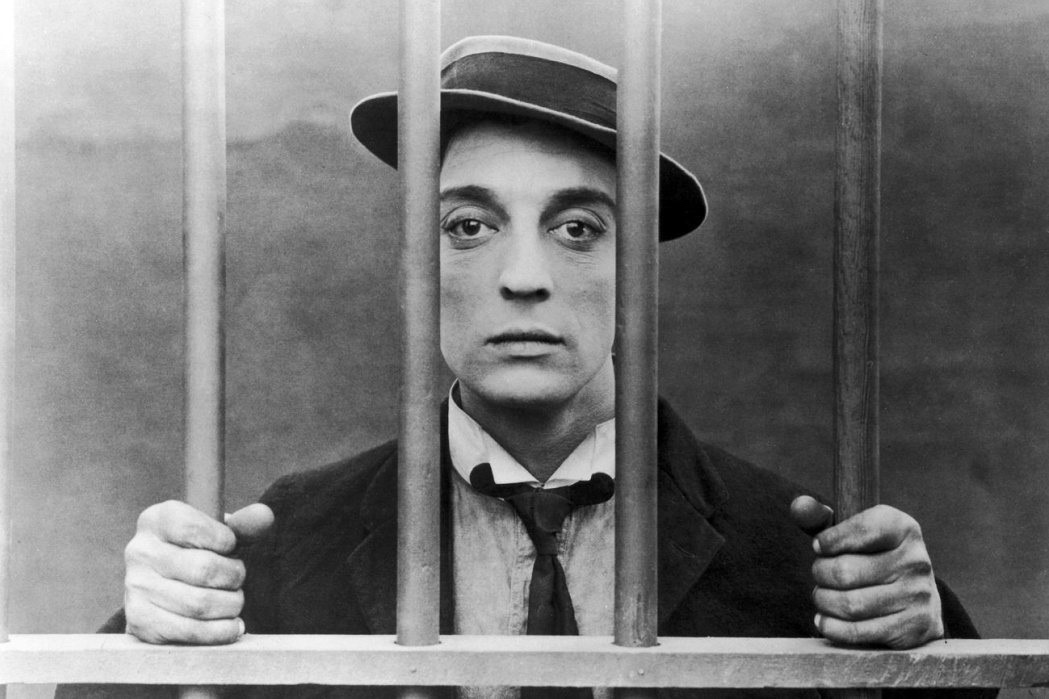

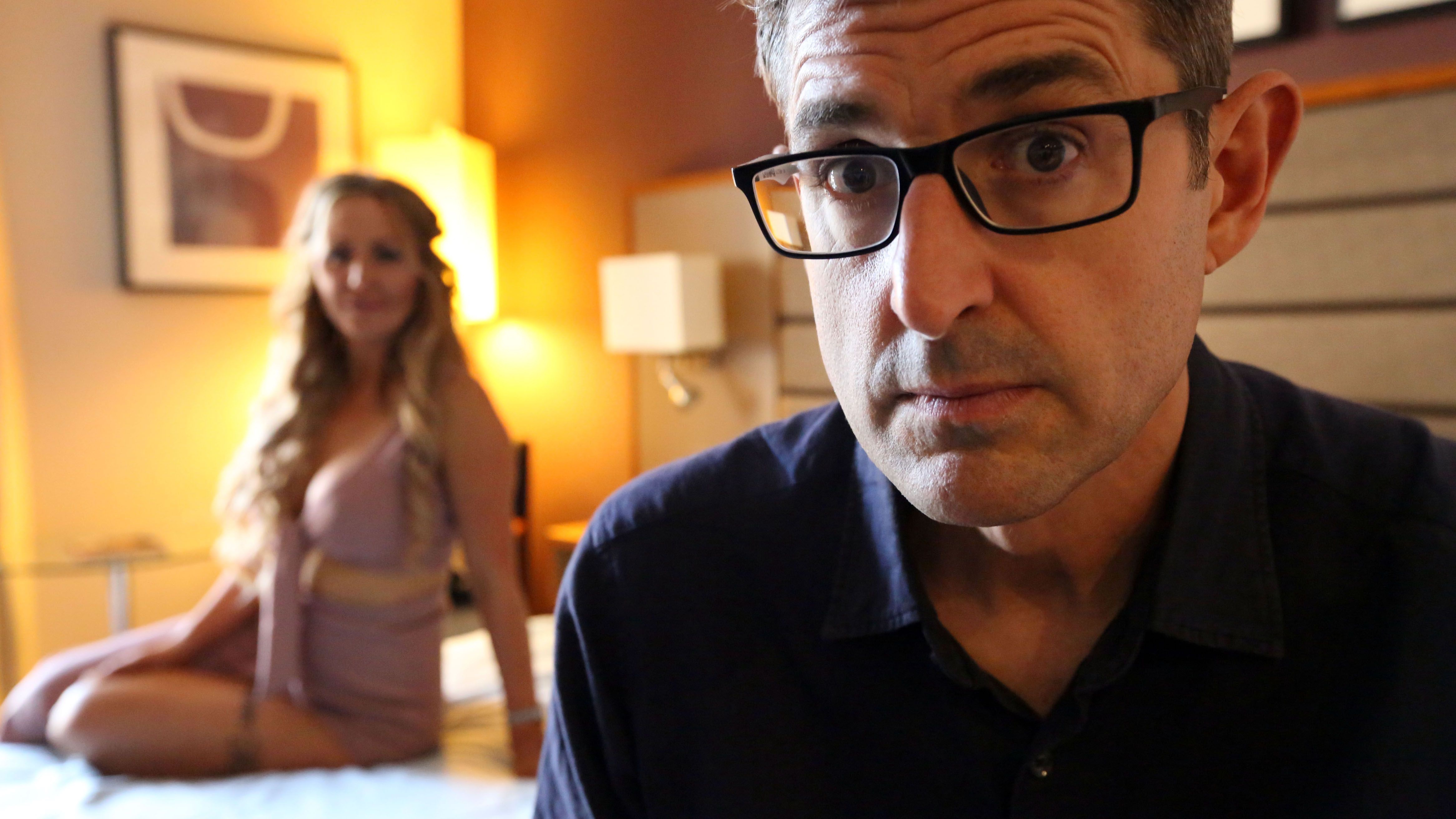
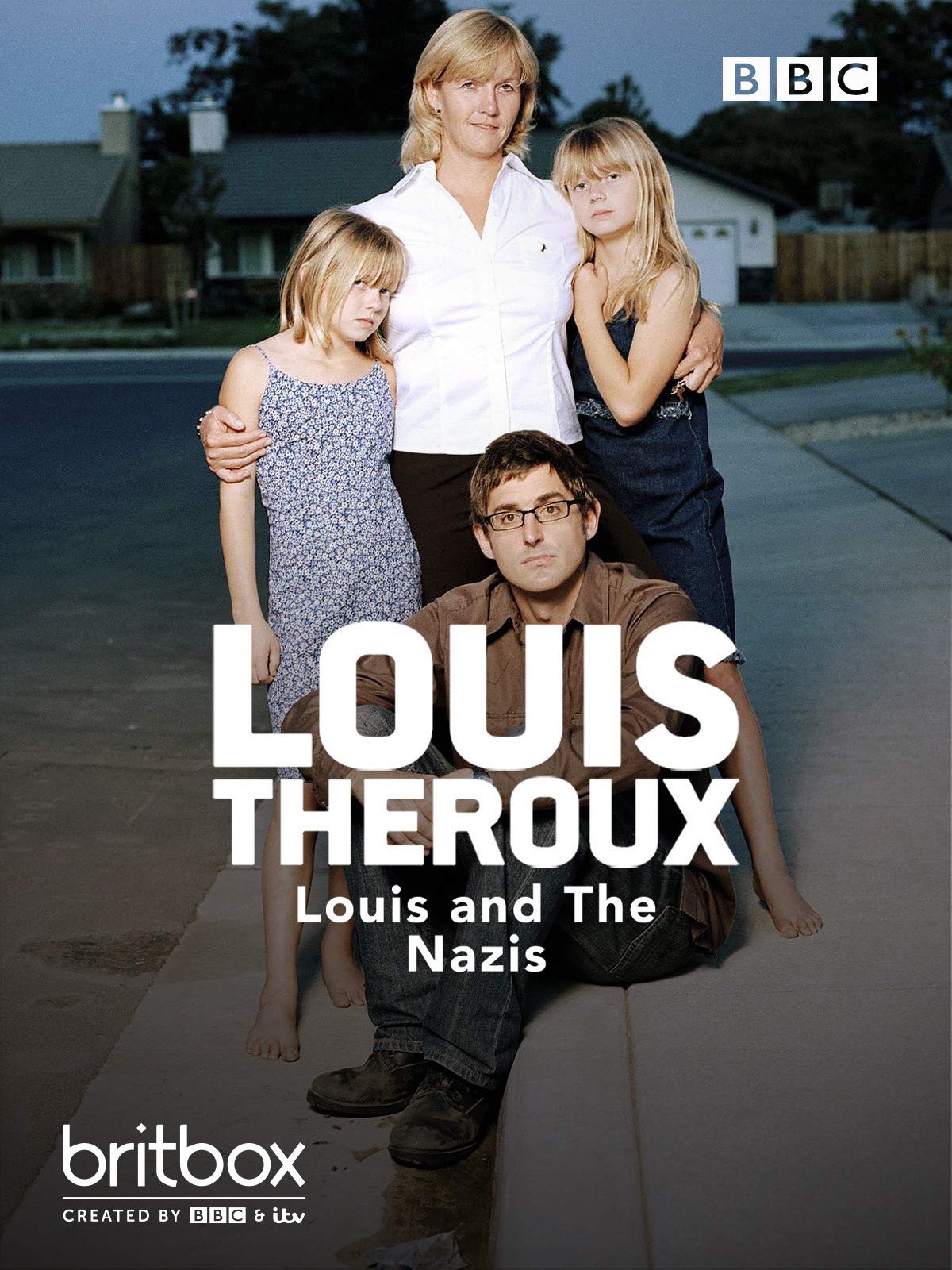

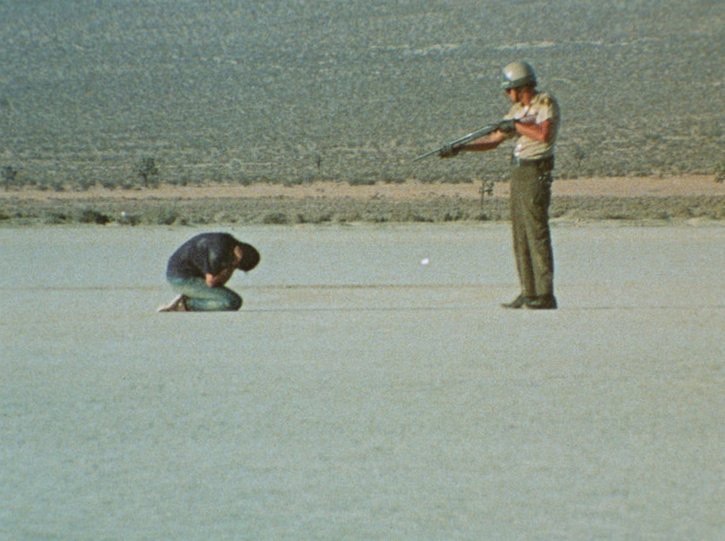
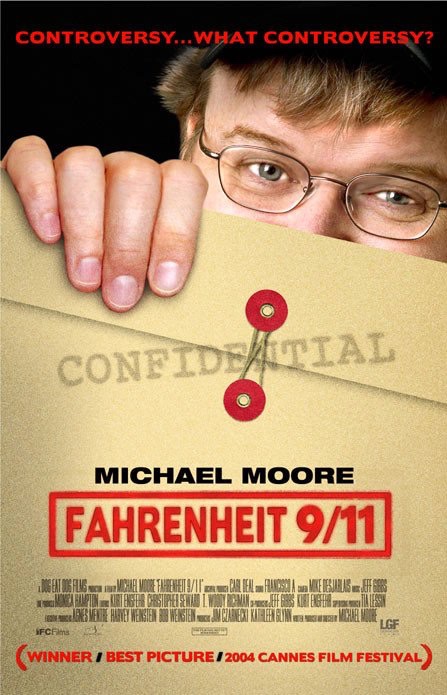
You must be logged in to post a comment.